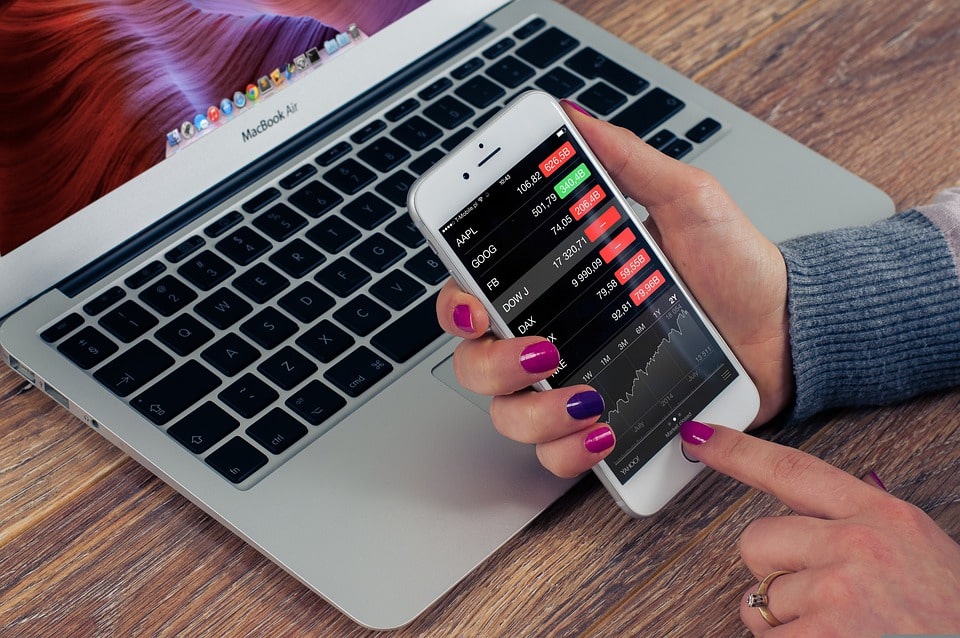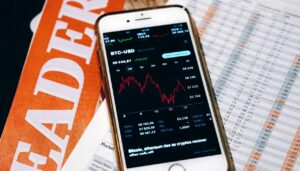Strategies for Forex Traders Who Work Part-Time

Are you looking for strategies for part-time Forex traders? If so, you’ve come to the right place. In this article, we will discuss some of the best ways to trade Forex while working a full-time job. We’ll also review some of the most popular products on the market, and provide you with some tips on how to choose the right one for you. So whether you’re just getting started in Forex trading or you’re looking to switch to a more part-time approach, read on for some invaluable advice!
Know Your Forex Markets
The first step to trading Forex successfully is to have a good understanding of the different markets. There are three primary types of Forex markets: spot, futures, and options. Each one has its unique characteristics, and each trader will have their preferences. For example, some traders prefer the flexibility of the spot market, while others find the stability of the futures market more appealing. It’s important to understand the differences between each type of market so that you can make an informed decision about which one is right for you.
Another important consideration is time zones. The Forex markets are open 24 hours a day, but not all times are equally good for trading. Some currency pairs are more active during certain times of the day, so it’s important to know when these periods are to maximize your profits. For example, the EUR/USD pair is typically most active during the European and American sessions (which overlap for a few hours in the middle of the day), while the USD/JPY pair is most active during Asian trading hours. Understanding these time frames can help you make better decisions about when to enter and exit trades.
Finally, it’s also important to have a good understanding of the different types of orders that can be placed in the Forex market. The most common type of order is the market order, which simply means buying or selling at the current market price. However, there are also limit orders, stop orders, and trailing stop orders. Each type of order has its advantages and disadvantages, so it’s important to understand how each one works before using them in your trading strategy.
Choose the Right Products
Now that you know a little bit more about Forex trading, it’s time to choose the right products for your needs. As we mentioned earlier, there are three primary types of markets in Forex: spot, futures, and options. Each one has its unique benefits and drawbacks, so it’s important to select the right product for your trading style.
If you’re a beginner, or if you don’t have a lot of time to dedicate to Forex trading, then the spot market may be the best choice for you. The spot market is the most straightforward type of market, and it’s easy to get started with. You simply buy or sell currency pairs at the current market price, and you can hold your position for as long as you like. The downside to the spot market is that it can be more volatile than other types of markets, so beginners may want to start with a more conservative approach.
If you’re more experienced, or if you have more time to dedicate to Forex trading, then the futures market may be a better choice. Futures contracts are commitments to buy or sell currency pairs at a set price in the future. These contracts are typically traded on exchanges, and they settle on a specified date. The advantage of futures contracts is that they offer greater stability than spot markets since the prices are locked in advance. However, the downside is that they can be more complicated to trade, and there is always the risk that the underlying currency pair may not be available when the contract expires.
Finally, options are another type of product that can be used for Forex trading. Options give traders the right, but not the obligation, to buy or sell currency pairs at a set price in the future. Like futures contracts, options are traded on exchanges and they settle on a specified date. However, unlike futures contracts, options can be bought and sold before they expire. This flexibility makes options an attractive choice for many traders, but it also comes with some risks. Options are often more expensive than other types of products, and they can be more difficult to trade.




